As someone who has never before read a Tom Robbins novel, I am glad I started with his most recent offering, B Is for Beer. Subtitled “A Children’s Book for Grown-Ups” and “A Grown-Up Book for Children,” the novel is brief and filled with enough pictures, broad-enough type and sufficient fluff to make it a quick read to pass the time.
I couldn’t help wondering, however, about the philosophical content in this otherwise innocuous piece of literature. Take, for example, the following passage, addressed to the book’s main character, 6-year-old Gracie Perkel:
“I want you to promise me that you’ll always be this brave, that when exploiters disguised as public servants offer you protection from puffed-up dangers, you’ll turn your back and skip away. Promise me you won’t be afraid of travel, of people different from yourself, of spiders, bats, bullies, dentists, attorneys, peer pressure, bad taste, social disapproval, insecurity, Sugar Elves ... That you won’t quake before old men with titles, and most especially, that you’ll never be afraid to love, not even when there’s a chance you aren’t being loved in return.”
The Details
If you’re countercultural like me, you have to wonder whether you really want your children absorbing this level of simplified nonconformism, a sort of shortcut past the depth of Walt Whitman, or even a contemporary like Robert Pirsig. On the other hand, if you’re culturally conservative, you have to wonder whether it’s a good idea to have your child exposed to such blithe and uncontroverted subversion.
At 120 pages, B Is for Beer is just about the right size for a round-trip plane ride, and manages to fit a six-pack’s worth of pop philosophy, factual scientific background and contemplation into a whimsical, if lightweight, plot.
As a sometime teetotaler, I think there is a need for a book like B Is for Beer—to teach children both the good and the bad about alcohol, or other intoxicants, for that matter, from a balanced perspective. By resorting to an easy-to-read plot, Robbins provides readers young and old with a fair amount of detail about how different kinds of beer are actually made. When it comes to reflection on the severe negative effects of alcohol, or on its beneficial uses, however, some readers may find the book a bit light.
Written in a format that makes it easy for adults to read to children, the book describes a misadventure experienced by Perkel, on her sixth birthday. Gracie is especially fond of her uncle Moe, who waxes poetic about beer and numerous other subjects; her father, however, appears as a neglectful and insensitive schmuck in the book. Neither uncle nor father appear for Gracie’s birthday, so the little girl experiences her first unfortunate encounter with the book’s namesake beverage.
Then ensue many pages of misadventure with a beer fairy, who enlightens Gracie about the nature of the beverage during a prolonged space and time warp. In addition to a detail-oriented tour of breweries, Gracie receives an education as to some of drinking’s hazards—the vomiting and hangover young Gracie experiences, for example.
When it comes to informing readers about the advantages of beer, however, Robbins resorts to poetry, as when he describes the “Mystery,” the so-called fifth element in beer:
“It’s a mixture of pure love, unlimited freedom, and total, spontaneous, instantaneous knowledge of everything past, present, and future ... There are those who regard it as a blast of divine energy, originating in Heaven, maybe, or in another world ... Every day, beer helps millions to be glad and dizzy, and that once in a great while it can lead to a brush with the Mystery ... As long as there are those who seek contact with the Mystery, no matter how misguidedly and crudely they go about it, I suppose there’s still hope for the human race.”
B Is for Beer is sort of a book about alcoholism and dysfunctional families (think William Least Heat-Moon meets Judy Blume). As someone long in search of a good scientific book on alcoholism who also loves certain kinds of alcohol, I appreciate the way Robbins presents both sides of the coin.
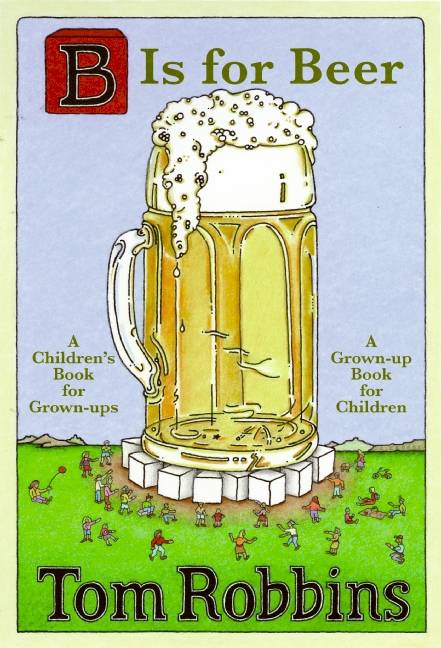

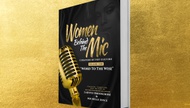


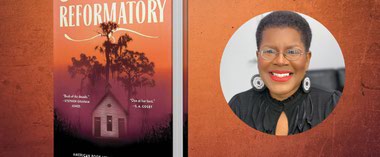
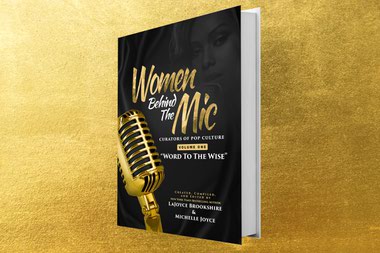
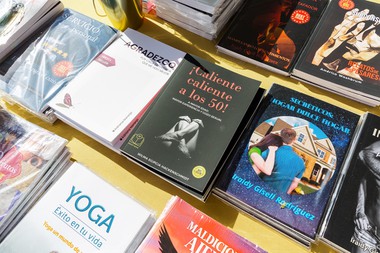
Previous Discussion: